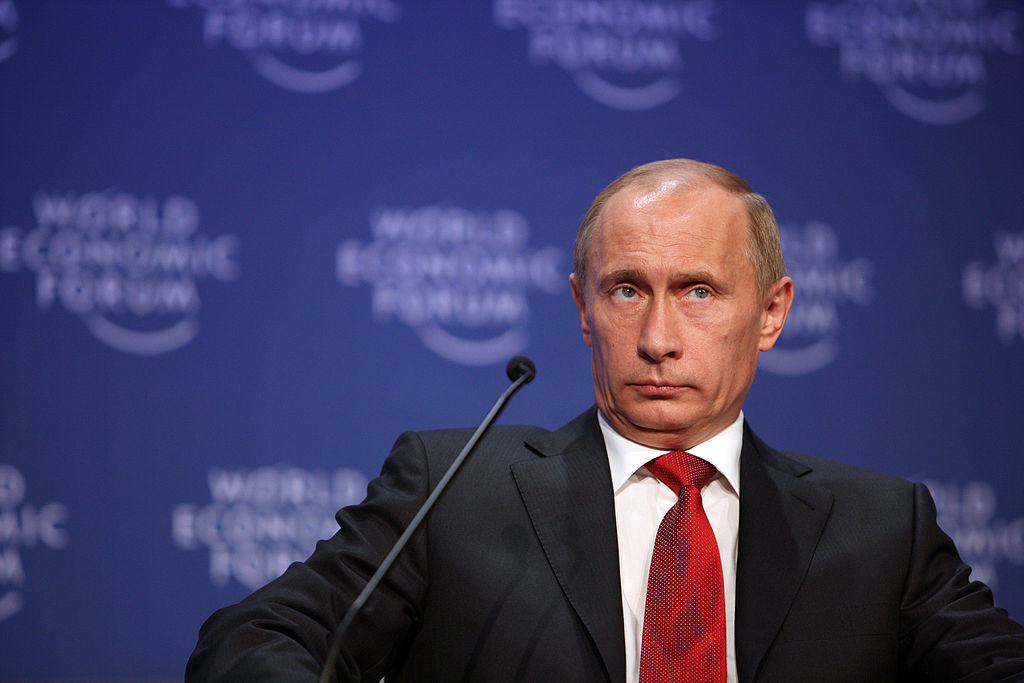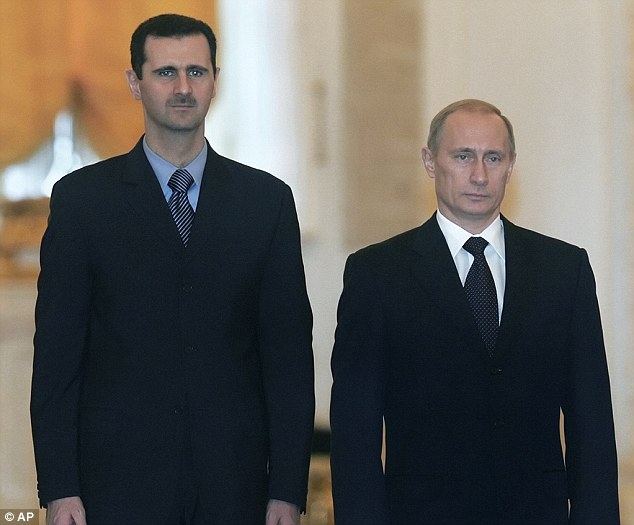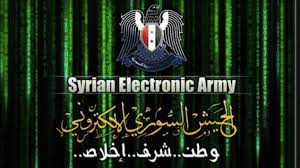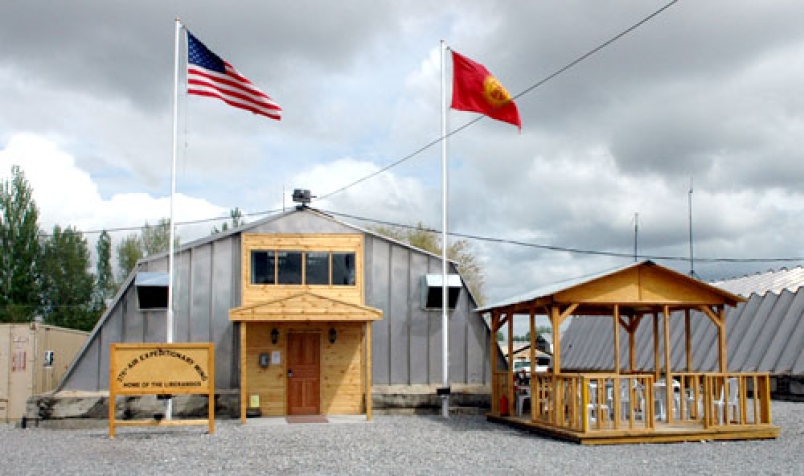Russia recently produced an image of a secret nuclear warhead capable of devastating the United States with a 500ft tsunami able to destroy every living thing within 1000 miles. It was of course just “a leak”. If history has anything to say, however, it is very likely that this was a premeditated strategic military move. In fact, this type of diplomacy is most well known from the era of the Cold War when an academic field called Game Theory was extensively used by the United States and Russia. This series will explore the “New Cold War”. That is, how Game Theory is knowingly, or unknowingly, now being used more than ever by international organizations to attempt to influence international relations.
To begin, we need a quick background primer on Game Theory. It attempts to explain the actions of “players” in “a game” across different scenarios where information can be publicly or privately available. The most classic example is the Prisoner’s Dilemma. This game consists of two players who have committed a crime together and are now sitting in a police station in different rooms. They are told that their sentence will be reduced if they rat out the other player, however, if both players rat each other out they will both face the same sentence. Of course, if they cooperate and claim innocence, they could get away free. However, each player does not know what the other will say since they are now being interrogated separately. The social question that arises from this game is simple: “What is each player most likely to do?”
While Russia’s apparent leak is not exactly a Prisoner’s Dilemma, it is actually quite similar. In a Prisoner’s Dilemma, each player is only interrogated once, they leave, the game ends, and we never hear from either player again. In a repeated Prisoner’s Dilemma, the players meet again, perhaps just once, or twice, or maybe an infinite number of times. So the only way to find out how each player will act is to start at the very end and solve each time they meet, moving backward until their initial meeting. This is called “Backwards Induction”, and is quite logical: if players knew they were going to commit some more crimes with their colleague, would they rat them out? It is unlikely. However, what if it was the very last time they were going to meet and being hardened life-long criminals, each knew he could receive a lighter sentence if he ratted the other out? What now? What if both of them knew the other would probably rat him out and as a result they would both receive heavier sentences? Would they still do it?
With backwards induction we start at the end of the indirect Russian military warhead threat. We assume it’s launched, it hits the United States coastline, there is huge nuclear fallout, hundreds of miles inland are radiated, countless individuals lose their lives, and there is any other horrendous outcome that can be thought of. We then work backwards to see whether such an outcome is likely.
In this Doomsday scenario, we simply look at the potential payoff for Russia as a result of such an attack. Rather than in-depth analysis of Russia’s economic relations, we can take a simple high-level look at several scenarios that would affect the global supply chain and rank them for Russia’s payoff.
Our first scenario begins with the United States invoking NATO’s Article 5. As a result of its actions, Russia has now entered into a physical war with 28 NATO member countries rather than just one. We will make the logical conclusion that is probably not a positive payoff for Russia.
Our second, dramatically simplified scenario immediately follows the first, where the value of the Russian Ruble quickly depreciates as international investors pull money out of what they now consider a risky country (after all, Russia just launched a nuclear warhead into the coastline of the United States!) This currency depreciation is a good thing for Russia since its oil exports, a major source of revenue, benefit from lower values of Russian Rubles. The problem, however, is that of the 28 NATO member countries now at war, many are European and Russia’s major customers for oil and natural gas. As a result, Russia’s economy crumbles, and we add a checkmark to the negative payoff column.
Our third scenario is what never happened during the Cold War. The United States retaliates, destroying major cities and military installations across Russia. Assuming that Russia has more nuclear weapons lying around they retaliate against America. Through mutually assured destruction, both societies collapse.
As a result of our backward induction, it is obvious that every scenario has a negative payoff for Russia. We can then logically conclude that any potential threat is only a threat.
The interesting part is the psychology behind this supposed “leak”. Publicly announcing the possession of such a devastating weapon and its capabilities would not only be seen as a threat, but also highly contradictory for a nation claiming to be peaceful. A “leak”, instead, accomplishes the same release of information without being seen as done with purpose. It creates public information without any strings attached.
In the next part of this series, we will look at how Game Theory applies to the recent Paris massacre and ISIS.




